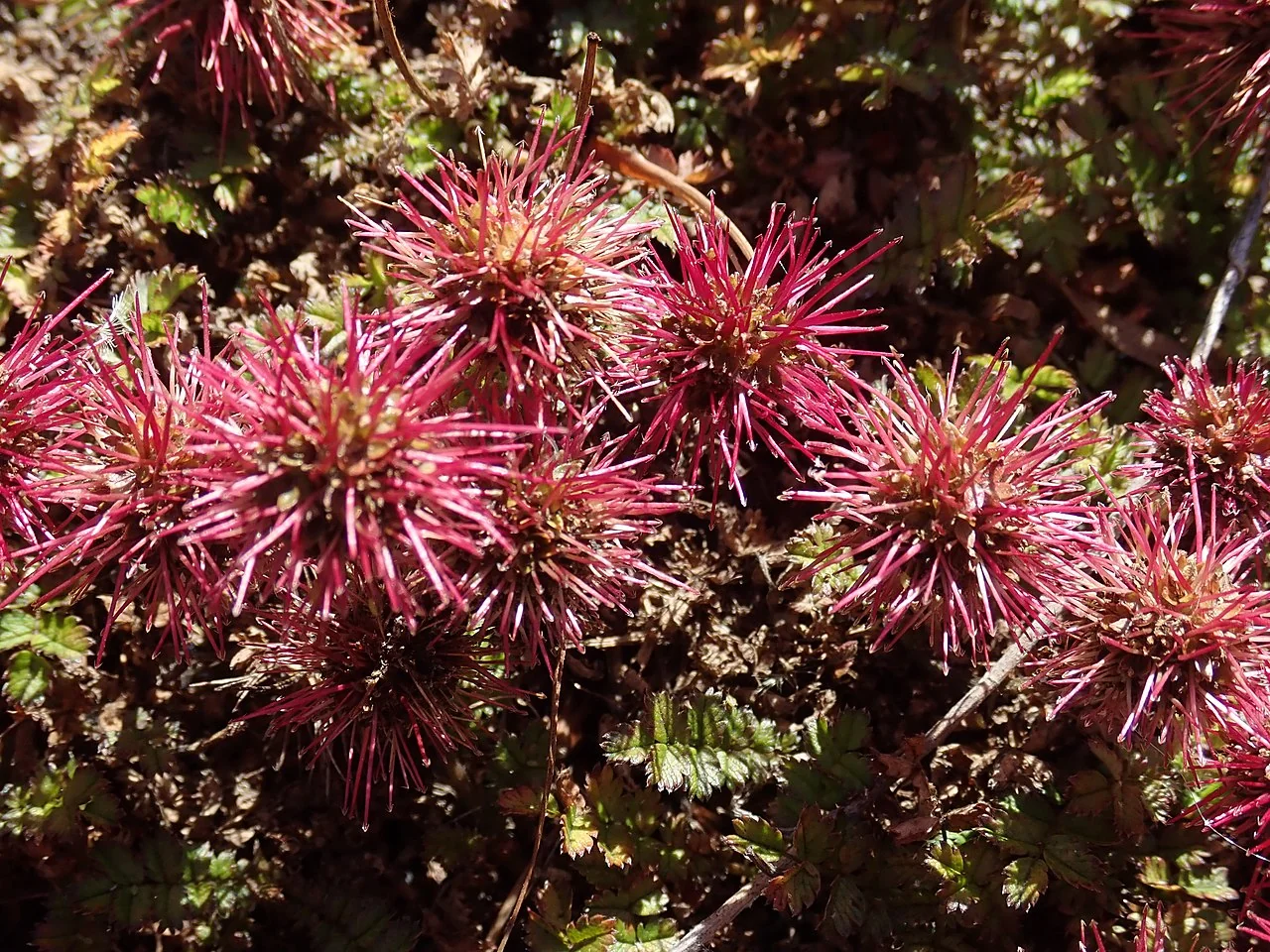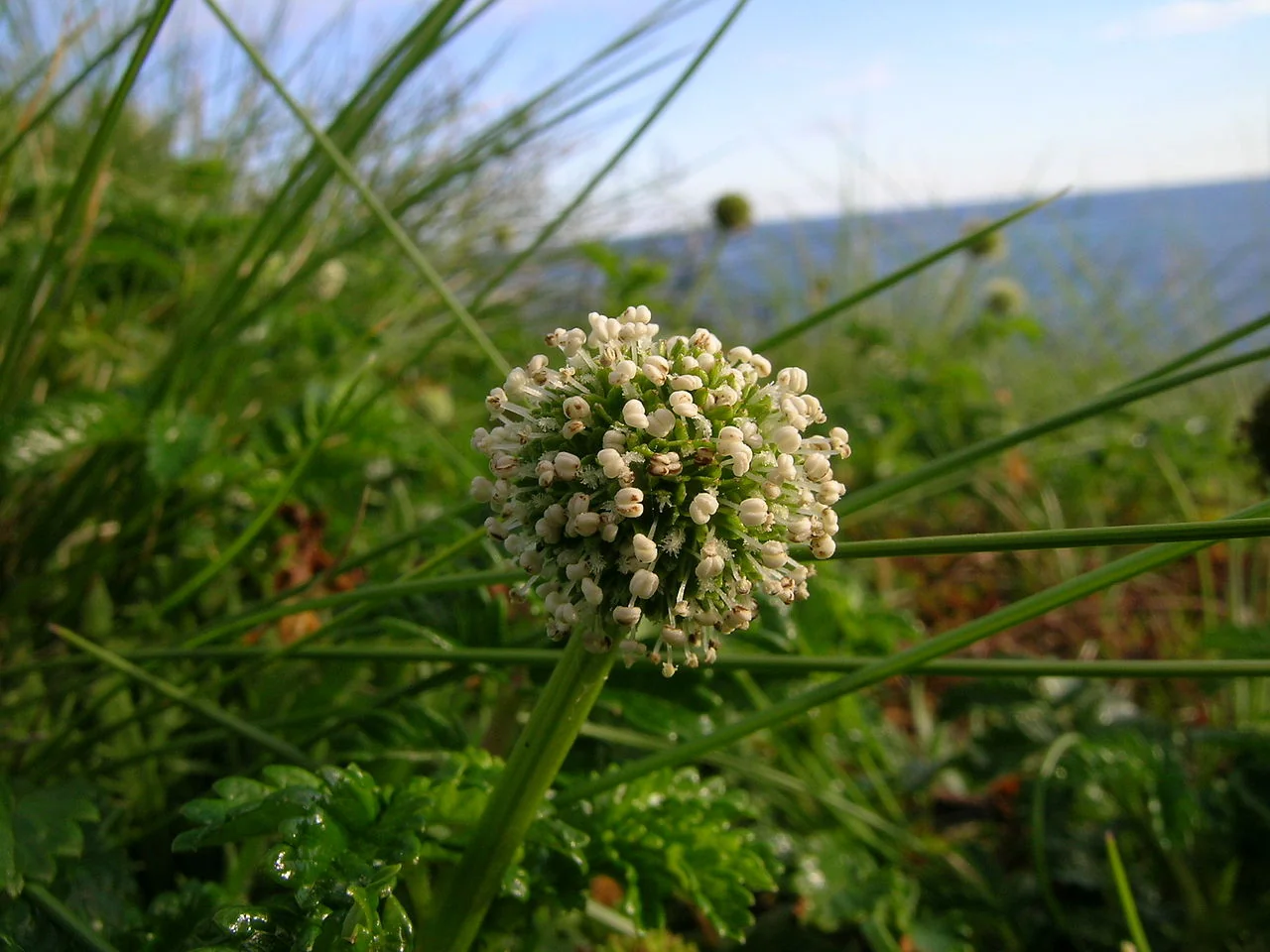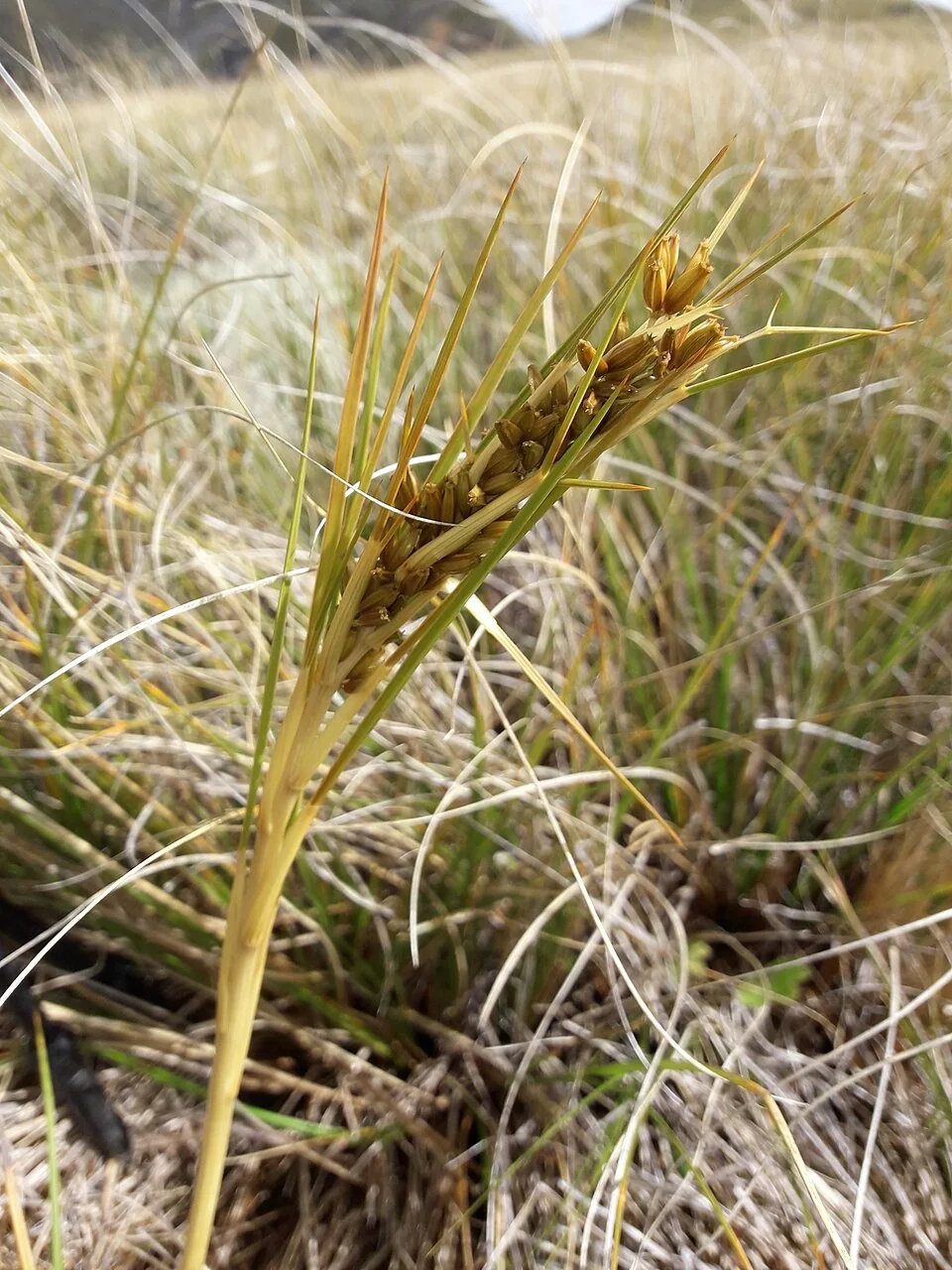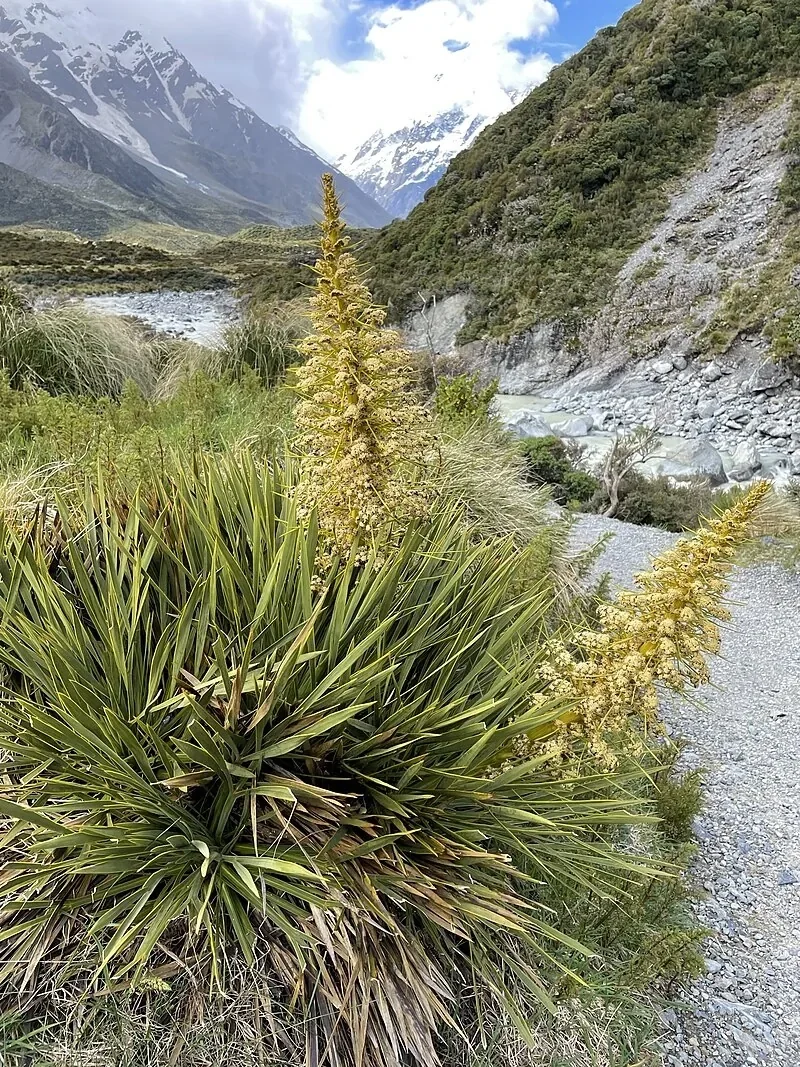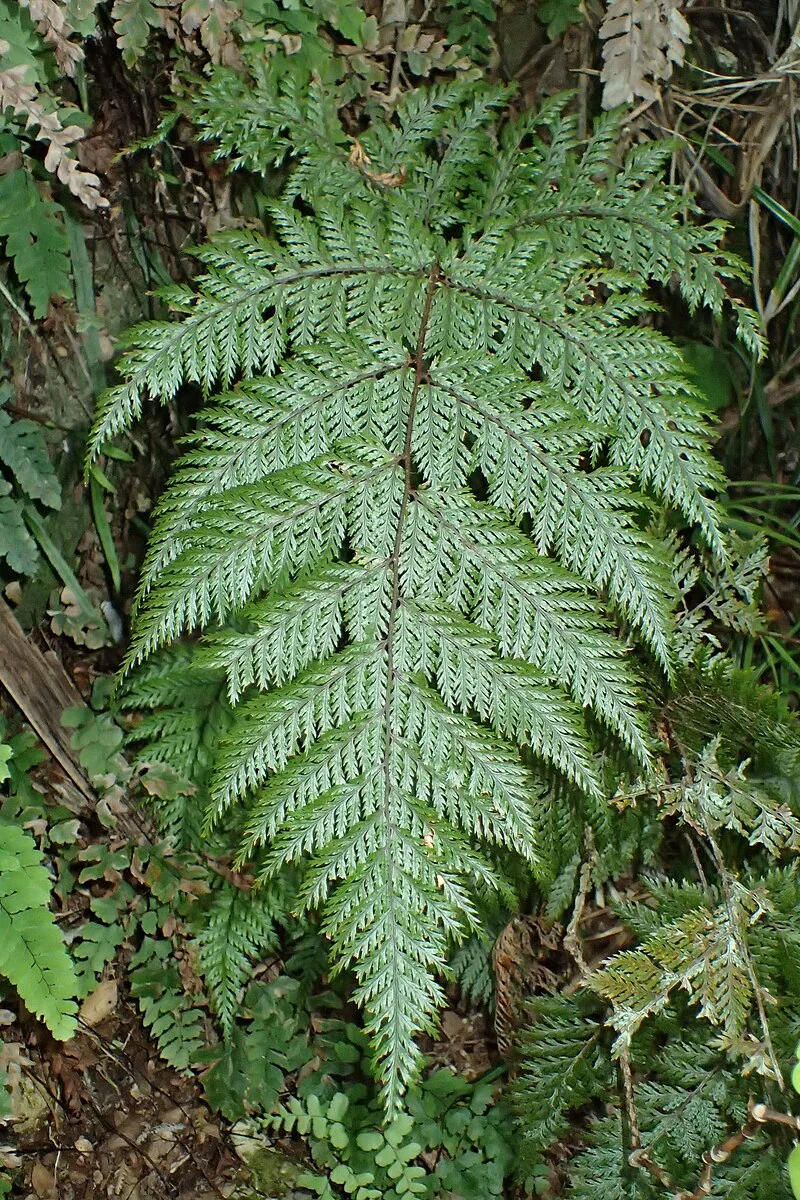
Hairy Fern
Lastreopsis hispida
Hairy Fern ( Lastreopsis hispida ), also known as Tuakura or Bristly Shield Fern, is a distinctive native New Zealand species among New Zealand's native ferns celebrated for its beautiful, finely divided fronds covered in characteristic reddish-brown, bristly scales. This evergreen fern forms a striking clump, making it an excellent choice for shaded, moist areas in native plant gardens or as a specimen in a fernery. Endemic to New Zealand, it is typically found in lowland and coastal forests, often growing on the forest floor or on old logs. Its unique texture and rich green colour add a touch of primeval beauty to any landscape, showcasing the diversity of New Zealand's fern flora.

Hairy Fern ( Lastreopsis hispida ), also known as Tuakura or Bristly Shield Fern, is a distinctive native New Zealand fern celebrated for its beautiful, finely divided fronds covered in characteristic reddish-brown, bristly scales. This evergreen fern forms a striking clump, making it an excellent choice for shaded, moist areas in native plant gardens or as a specimen in a fernery. Endemic to New Zealand, it is typically found in lowland and coastal forests, often growing on the forest floor or on old logs. Its unique texture and rich green colour add a touch of primeval beauty to any landscape, showcasing the diversity of New Zealand's fern flora.
Quick Facts
Fern Summary
| Scientific Name | Lastreopsis Hispida |
|---|---|
| Common Name | Hairy Fern, Tuakura, Bristly Shield Fern |
| Family | Dryopteridaceae |
| Height | Up to 1 m |
| Spread | Up to 1 m |
| Light | Partial shade to full shade |
| Soil | Moist, well-drained, humus-rich soils |
| Water Needs | Moderate to high |
| Frost Tolerance | Low to Moderate |
| Salt Tolerance | Low |
| Growth Rate | Medium |
| Lifespan | Perennial |
Climate Best Suited to
Regional Suitability
Hairy Fern ( Lastreopsis hispida ) is native to New Zealand, typically found in lowland and coastal forests. It thrives in mild, temperate climates with high humidity and consistent rainfall. It prefers sheltered locations, protected from strong winds and harsh frosts. Its natural habitat includes damp forest floors, stream banks, and old logs, indicating a preference for cool, shady, and moist conditions. It can be successfully cultivated in similar temperate regions, provided it has good drainage and protection from extreme heat or prolonged severe frosts.
| Whangārei | Ideal |
| Auckland | Ideal |
| Hamilton | Suitable |
| Rotorua | Suitable |
| Tauranga | Ideal |
| Gisborne | Ideal |
| New Plymouth | Ideal |
| Whanganui | Ideal |
| Palmerston North | Suitable |
| Napier | Ideal |
| Wellington | Ideal |
| Nelson | Ideal |
| Christchurch | Suitable |
| Dunedin | Suitable |
| Invercargill | Suitable |
| City | Climate Suitability |
|---|
Natural Habitat
Native Forest Distribution
Understand the natural habitat of Hairy Fern ( Lastreopsis hispida ), which is found throughout New Zealand, in lowland and coastal forests. This section details its geographical distribution, preferred environmental conditions, and the types of ecosystems where it naturally occurs.
- Widespread across New Zealand, from lowland to coastal forests.
- Found on damp forest floors, stream banks, and old logs.
- Prefers sheltered sites with good air circulation.
- Thrives in partial to full shade.
Its broad habitat range highlights its adaptability and resilience, making it a fascinating subject for ecological study.
Plant Conservation
Lastreopsis hispida , commonly known as the Bristly Shield-fern or Hairy Fern, has a conservation status that varies significantly depending on its geographical location. In Australia, particularly in New South Wales and Victoria, Lastreopsis hispida is listed as Endangered. This decline is attributed to historical land clearing, disturbances from road construction and maintenance, and forestry operations. Future projections indicate further population reductions primarily due to climate change, increased drought frequency, and altered fire regimes. Conversely, in New Zealand, Lastreopsis hispida is currently classified as "Not Threatened." This status is attributed to its widespread distribution across lowland and montane regions of both the North and South Islands, and its adaptability to various forest types. Despite its stable status in New Zealand, conservation efforts emphasize monitoring wild populations, protecting its diverse natural habitats, and raising public awareness to maintain the country's unique biodiversity.
Growing Requirements
Soil Requirements
Hairy Fern prefers moist, well-drained, and humus-rich soils. It naturally grows in the leaf litter of native forests. Amend heavy soils with compost or other organic matter to improve drainage and fertility. A neutral to slightly acidic pH is ideal. Ensure consistent moisture, especially during dry periods.
- Prefers moist, well-drained, humus-rich soils.
- Benefits from organic matter enrichment.
- Ideal pH: neutral to slightly acidic.
- Avoid waterlogged conditions.
Light Requirements
Hairy Fern thrives in partial to full shade. It is sensitive to direct, harsh sunlight, which can scorch its delicate fronds. Plant it in a sheltered spot under larger trees or on the shaded side of a building where it receives dappled light or indirect sun throughout the day.
- Prefers partial to full shade.
- Avoid direct, harsh sunlight.
- Ideal for underplanting or shaded ferneries.
Water Requirements
This fern requires consistent moisture, especially during dry periods and its establishment phase. The soil should be kept moist but not waterlogged. Regular watering is crucial for healthy frond development. Reduce watering slightly during cooler winter months.
- Requires consistent moisture.
- Keep soil moist, but ensure good drainage.
- Water more frequently during dry spells.
Planting Guide
Best Time to Plant
The best time to plant Hairy Fern is during autumn or spring, when temperatures are mild and rainfall is more consistent. This allows the fern to establish its root system before the extremes of summer heat or winter cold.
Choosing a Location
Select a site with partial to full shade and moist, well-drained, humus-rich soil. Hairy Fern is ideal for planting in native plant gardens, ferneries, woodland settings, or on banks. Ensure it has good air circulation and is protected from strong, persistent winds.
Planting Steps
- Dig a hole twice the width of the root ball and the same depth.
- Gently remove the fern from its container, being careful not to disturb the roots.
- Place the fern in the hole, ensuring the top of the root ball is level with the surrounding soil.
- Backfill with amended soil, firming gently around the base of the fern.
- Water thoroughly immediately after planting to settle the soil.
- Apply a layer of organic mulch (e.g., leaf litter) to help retain moisture and suppress weeds, keeping it away from the crown.
Initial Care
Water regularly during the first 6-12 months to help establish a strong root system. Once established, Hairy Fern is reasonably low maintenance and requires less frequent watering. Protect young ferns from extreme conditions if necessary.
Ecological Role
Forest Ecosystem Importance
The ecological importance of Hairy Fern ( Lastreopsis hispida ) within its native New Zealand ecosystems is significant. It contributes to the understorey biodiversity of native forests, providing microhabitats for small invertebrates and helping to stabilize soil on the forest floor.
- Contributes to understorey biodiversity.
- Provides microhabitats for small invertebrates.
- Helps stabilize soil on the forest floor.
- Part of the rich biodiversity of native forests.
As an endemic species, it is an integral part of the unique biodiversity that has evolved in New Zealand, supporting the delicate balance of its natural habitats.
Uses and Significance
Garden Uses
- Excellent for shaded native plant gardens, ferneries, and woodland settings.
- Suitable for planting on banks or old logs to mimic its natural habitat.
- Provides unique texture and visual interest.
- Low maintenance once established.
Cultural Significance
Traditional Uses and Values
Lastreopsis hispida , commonly known as Hairy Fern or by its Māori name Tuakura, holds cultural significance primarily within New Zealand. It is considered an integral part of New Zealand's natural heritage and contributes to the overall cultural and ecological landscape of Aotearoa.
While specific traditional Māori uses for Lastreopsis hispida are not widely documented, its presence in native forests is valued. As an endemic New Zealand species, its conservation is important for maintaining the country's unique biodiversity.
Landscaping Applications
Garden Design Uses
Hairy Fern ( Lastreopsis hispida ) is a highly attractive and versatile fern for various landscaping applications, particularly in shaded and native gardens. Its unique texture and rich green colour make it a valuable asset.
- Ideal for ferneries, woodland gardens, and shaded borders.
- Excellent for planting on banks or old logs to mimic its natural habitat.
- Provides year-round interest with evergreen fronds.
- Suitable for mass plantings or as an accent plant.
Its ability to thrive in sheltered, shaded conditions and its aesthetic appeal make it a popular choice for creating lush and beautiful native landscapes.
Seasonal Care Calendar
Spring
New fronds emerge, and this is an ideal time for planting new Hairy Fern specimens or propagating from spores/division. Ensure consistent moisture and protect young plants from strong winds if necessary. A light feed with a balanced liquid fertilizer can encourage vigorous growth.
- Ideal time for planting and propagation.
- Ensure consistent moisture for new plants.
- Light fertilization if needed.
Summer
Hairy Fern is actively growing during summer. Consistent watering is crucial, especially during dry spells, to prevent wilting. Monitor for pests and diseases, though it is generally quite resilient.
- Active growth.
- Consistent watering is essential.
- Monitor for pests and diseases.
Autumn
Growth slows as temperatures cool. This is another good time for planting, allowing roots to establish before winter. Minimal care is required for established ferns, but ensure they remain adequately hydrated.
- Good time for planting.
- Minimal care for established ferns.
- Ensure adequate hydration.
Winter
Hairy Fern is evergreen and provides year-round interest. It is moderately frost-tolerant, but in very cold regions, young plants may benefit from some protection. Ensure good drainage to prevent root issues in wet conditions.
- Evergreen, provides year-round interest.
- Protect young plants from severe frost.
- Ensure good drainage.
When to Prune and How Much
Simple Maintenance
Hairy Fern generally requires minimal pruning. The primary reason for pruning is to remove old, dead, or damaged fronds to maintain the plant's appearance and health. Its natural form is often quite attractive, so extensive pruning is rarely needed.
- Remove old, dead, or damaged fronds as needed.
- Light trimming to maintain shape.
- Best done in late winter or early spring before new growth.
- Use clean, sharp tools.
Avoid heavy pruning, as this can stress the fern. Allow it to develop its natural, graceful fronds.
How to Grow Hairy Fern
Hairy Fern, also known as Tuakura or Bristly Shield Fern, is a distinctive native New Zealand fern celebrated for its beautiful, finely divided fronds covered in characteristic reddish-brown, bristly scales. This evergreen fern forms a striking clump, making it an excellent choice for shaded, moist areas in native plant gardens or as a specimen in a fernery. Endemic to New Zealand, it is typically found in lowland and coastal forests, often growing on the forest floor or on old logs. Its unique texture and rich green colour add a touch of primeval beauty to any landscape, showcasing the diversity of New Zealand's fern flora. Understanding its propagation methods is key to successfully growing this delightful species.
From Spores
Propagating Hairy Fern from spores is a viable method, though it requires patience and specific conditions. Collect mature spores from the undersides of fronds in late summer or autumn. Sow the spores on a sterile, moist substrate (e.g., peat and sand mix) in a sealed container. Keep in a warm, humid, and shaded location. Germination can take several months, forming a green film (prothalli). Once prothalli develop, transfer to a larger container and allow sporophytes to grow. Transplant young ferns once they are large enough to handle. This method is ideal for large-scale propagation or for creating a naturalistic fernery.
From Division
Established clumps of Hairy Fern can be easily divided, particularly in spring, to create new plants. Carefully dig up a mature clump and gently separate it into smaller sections, ensuring each section has a healthy portion of roots and some fronds. Replant the divisions immediately into well-prepared soil that is moist, well-drained, and humus-rich. Water thoroughly after planting and keep consistently moist until new growth appears. This method is excellent for quickly expanding your stock of plants and for rejuvenating older, less vigorous clumps.
Pests and Diseases
Hairy Fern is generally a robust plant and resistant to most pests and diseases. Its adaptation to diverse forest environments means it has few significant natural enemies.
Common Pests
- Generally pest-free.
- Occasionally, slugs and snails may damage young fronds.
Common Diseases
- Highly resistant to diseases.
- Root rot can occur in poorly drained, waterlogged soils.
- Leaf spot diseases are rare but can occur in very humid conditions.
Good garden hygiene, proper watering, and excellent drainage are key to preventing most pest and disease issues. Healthy, well-sited plants are rarely affected by significant problems.
Bonus Tip
The Bristly Beauty
The common name 'Hairy Fern' is very apt for Lastreopsis hispida . Its fronds, especially the stipe (stalk) and rachis (midrib), are covered in conspicuous reddish-brown, bristly scales and shorter hairs. This gives the fern a unique texture and contributes to its distinctive appearance, making it easily recognizable in the forest understory.




